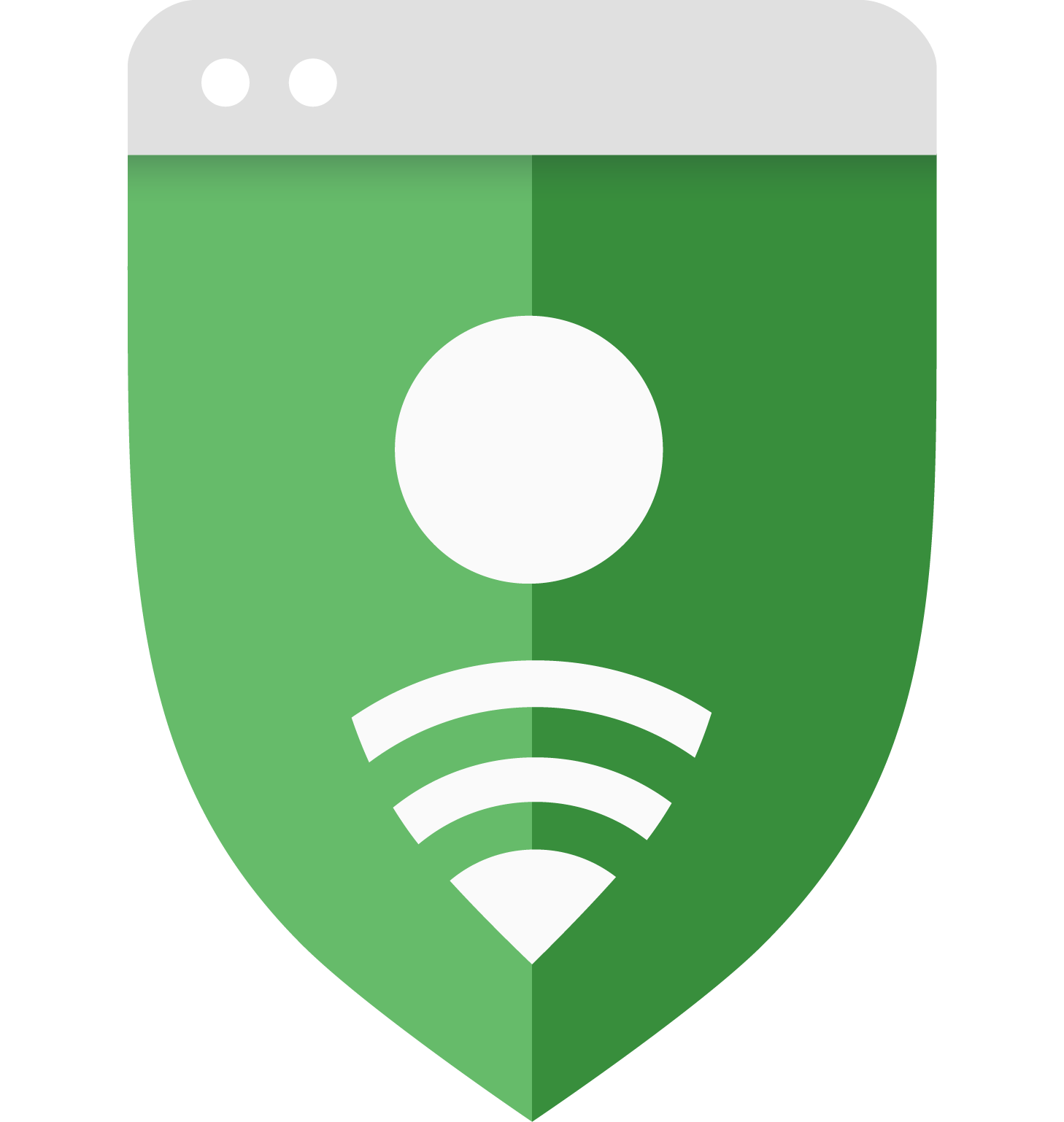لماذا تقدّم Google تنبيهًا بشأن هذه الصفحة؟
نريد أن يشعر المستخدمون بالأمان عند إجراء عمليات البحث على الإنترنت، ونعمل باستمرار على تحديد الصفحات الخطيرة وزيادة الحماية للمستخدمين. ويستخدم محرّك البحث Google خوارزميات تلقائية وملاحظات المستخدمين لتجميع قوائم تضم المواقع الإلكترونية التي قد تكون خطيرة. والأنواع الثلاثة الرئيسية من الصفحات الخطيرة ضمن قوائمنا هي صفحات الهندسة الاجتماعية، والبرامج الضارة، وصفحات البرامج غير المرغوب فيها. تتوفّر قوائم الصفحات التي يُحتمل أن تكون خطيرة للمطوّرين من خلال خدمة التصفّح الآمن. لا تستطيع هذه القوائم حماية المستخدمين بشكل مثالي من كل موقع إلكتروني خطر على الويب، وهناك احتمال أن يتم عن طريق الخطأ تحديد موقع إلكتروني آمن على أنّه موقع خطير، لكننا نعدّل القوائم بانتظام لإبقائها محدَّثة قدر الإمكان.
الهندسة الاجتماعية (التصيّد الاحتيالي والمواقع الإلكترونية المخادعة)
تحدث هجوم الهندسة الاجتماعية عندما يتمّ خداع مستخدم الويب وحثّه على تنفيذ بعض الإجراءات الخطيرة على الإنترنت. يمكن أن يكون محتوى الهندسة الاجتماعية على موقع إلكتروني أو أن يكون مضمَّنًا من خلال موارد الموقع المضمَّنة، مثل الصور أو الإعلانات أو المكوّنات الأخرى التابعة لجهات خارجية.
التصيد الاحتيالي، وهو أحد أنواع الهندسة الاجتماعية، هو هجوم تطلب منك صفحة من خلاله تقديم معلوماتك الشخصية أو المالية تحت ادعاءات كاذبة. لمعرفة المزيد حول التصيّد الاحتيالي، يُرجى الانتقال إلى Antiphishing.org.
قد تخدع أنواع إضافية من المحتوى المخادع، مثل الإعلان الذي يدّعي زورًا أنّ برامج الجهاز قديمة، المستخدمين لحثّهم على تثبيت برامج غير مرغوب فيها.
إذا كنت تعتقد أنّنا فاتك صفحة هندسة اجتماعية، يمكنك الإبلاغ عن ذلك باستخدام الإبلاغ عن صفحة تصيّد احتيالي. في حال اعتقادك أنّنا أدرجنا صفحة ما في قائمة التصيّد الاحتيالي عن طريق الخطأ، يمكنك الإبلاغ عن ذلك من خلال الإبلاغ عن تحذير غير صحيح من التصيّد الاحتيالي.
البرامج الضارة
البرامج الضارة هي نوع من البرامج التي تحاول سرقة معلوماتك الشخصية أو استخدام الكمبيوتر للقيام بأشياء لا تقصدها. صفحات البرامج الضارة هي صفحات ويب تحتوي على رموز ضارة يمكن تنزيلها وتثبيتها على الكمبيوتر بدون موافقتك. يمكنك الانتقال إلى مجموعة خدمات بحث Google للاطّلاع على المزيد من المعلومات حول محتوى الويب الضار، بما في ذلك الفيروسات والبرامج الضارة الأخرى وكيفية حماية جهاز الكمبيوتر.
- إذا كنت تعتقد أننا أضعت صفحة برامج ضارة، يمكنك الإبلاغ عن ذلك باستخدام الإبلاغ عن برامج ضارة.
البرامج غير المرغوب فيها
نؤمن في Google أنّ التركيز على المستخدم يأتي في المقام الأول قبل أيّ شيء آخر. وفي مبادئ البرامج، نقدّم اقتراحات عامة للبرامج التي توفّر تجربة رائعة للمستخدم. وتركّز سياسة البرامج غير المرغوب فيها على هذه الاقتراحات العامة من خلال توفير قائمة بالمعايير الأساسية للبرامج سهلة الاستخدام على الويب. قد تتأثر تجربة المستخدم سلبًا في حال انتهاك البرامج لهذه المبادئ، ولذلك سنتخّذ الخطوات اللازمة لحماية المستخدمين منها.

